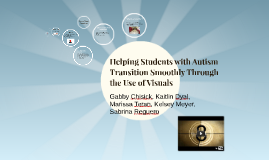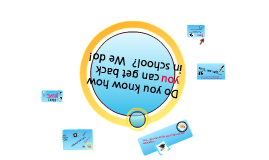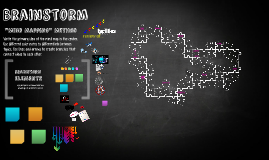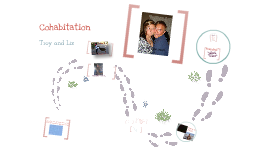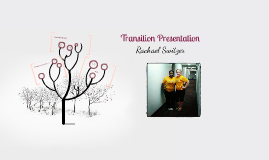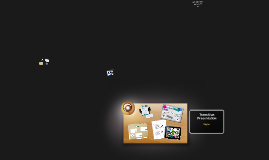Transition Presentation
Transcript: Transitions Collaborative Practices Why do we need transitions? All students deserve the opportunity to have a smooth transition from early intervention programs to education and from secondary education to postsecondary services (Turnbull, A., Turnbull, R., Erwin, Soodak, & Shogren, 2014). To do this, students need different advocates to help ensure that they continue to be successful in all of their settings. Why do we need transitions? Facilitating Transitions When faciliting transitions, students need an advocacy plan. First, there needs to be student-focused planning. This is important for transitions to recongize the students interests, abilities, community input, and their overall options. Students need to self advocate for themselves in this role because it is their future. Once this is established, there needs to be student development to make sure the student is learning the skills needed for their future. Families need to be involved as well to make sure there is engagement from multiple settings. Once all of this is completed, communties and different stake holders can be envolved to help the students gain experience (The IRIS Center, 2018). Facilitating Transtions Why? In advocating for these students, we are hoping to gain self-determination. Self-determination “refers to the attitudes and abilities required to act as the primary causal agent in one’s life and to make choices regarding one’s actions free from undue external influence or interference” (Wehmeyer, 1992, p. 305). By having this self-advocacy skill, students will be able to: -speak up for themsleves -ask for what they need -work with others -know their rights and responsibilities -use their available resoruces Why? Stakeholders There are a variety of stakeholders involved in a students transition process: -students -parents -teachers -advocates -school counselors -agency representatives -employers All of these relationships help create student achievement. For the stakeholders, they will be able to achieve new skills and understands in being involved with each individual students process. Stakeholders CEC Standards The Council for Exceptional Children (2018) states that, "Research has shown that effective transition services are directly linked to better post-secondary outcomes for students with disabilities. Research also tells us that to flourish in the workplace youth with disabilities must also be provided with the opportunity to develop leadership skills, to engage in self-determination and career exploration, and to participate in paid work-based experiences while in high school". To ensure the outcomes of our students, there needs to be disired objectives such as ensuring that these students have opputunities in all settings (academic and work enviroment). CEC Standards on Transitions How do we know that we have been successful when it comes to transition planning? The first step is setting and achieving goals. Another step is self-monitioring. Are students meeting with their stakeholders? Are they following the steps to their plan? Have they gotten accepted into a college or work program? All of these are tools that can measure the success of a transition plan. Tools to Measure Success Tools to Measure Success When it comes to advocating for a student and transition planning, there may be barriers. One may include that the student does not seem interested in their own future. To overcome this, it would be beneficial to provide students with opportunities for desicion-making in early childhood to instill self-determination and self-advocacy at a young age. Another challenge may be ensuring that students have full access and participation to employment and postsecondary education. The NCSET (2004) recomends to , "Ensure that prior to each student’s graduation from high school, the student’s IEP team identifies and engages the responsible agencies, resources, and accommodations required for the student to successfully achieve positive postschool outcomes". Challenges Challenges 1. Make sure that students are involved in their planning and facilitation of their meeting. 2. Have parents and multiple stakeholders involved to make the student know that they are supported through out this process. 3. The more information the better. 4. Give the student opportunuites to learn, work, and volunteer so they know what they want to do. Suggestions Suggestions At a young age, it is important to empower students and their families through transitiong. This can be done by giving them the knowledge and opporunities they need to be successful. Self-advocacy and Self-determination are critical components for these students with disaibilties. With that being said, these students also need support from their families and various advocates. This is important because according to the Individuals with Disabilities Educator Act, all students will disabilities have the right to a transition plan to move from high school to post secondary education,







